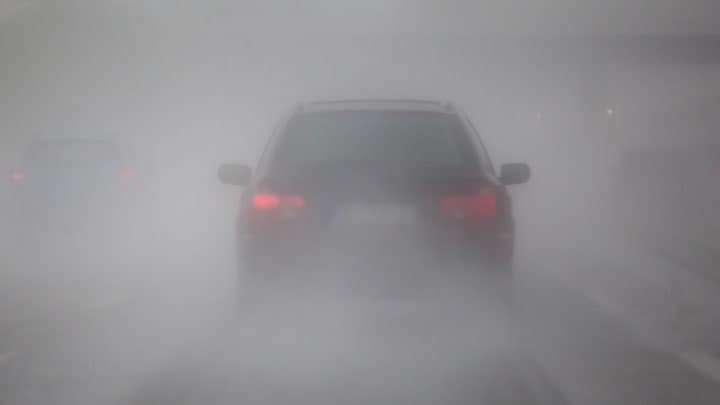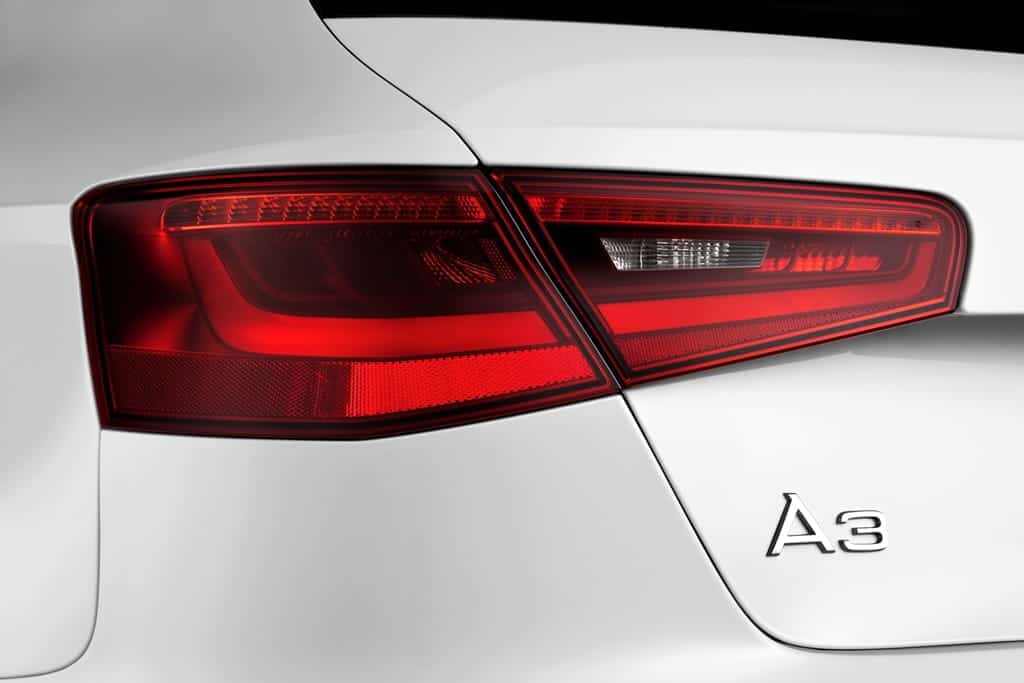Brake Lights Not Working but Tail Lights Are

Have you ever followed a car appearing to slow down at night, with one or more brake lights failing to illuminate? When you brake lights not working but tail lights are? In other scenarios, you may have noticed a car’s rear lights displaying other lights when indicating or braking. These examples highlight an obvious fault when the car in front is merely indicating or braking as normal, but often the driver is unaware.
It serves as a reminder to us all about the need for motorists to regularly check their vehicles for safety concerns and, in this case, being visible at night when driving. Brake light failure is not only a danger to you and your passengers but everyone else around you – from other drivers to pedestrians. But how many of us actually regularly check all our driving lights before embarking on a journey?
Brake lights, in comparison to the reverse lights, are heavily used, and therefore, their higher chances of failure can lead to serious consequences. Driving lights are a feature of our cars that many drivers take for granted. We put a lot of trust in the lights of our cars for their ability to warn other drivers of our intentions, rarely paying them a second thought.
We’re putting a greater emphasis on warning about faulty brake lights and tail lights in this explainer because their failure presents drivers with an immense road safety risk. Not only will other drivers potentially not see you slowing down, but they also may not see you at all. Also, consider the legal consequences if caught by the police, and the impact of this issue when driving in bad weather or in the dark, and how your safety is compromised.
If you have noticed a problem where your vehicle’s tail lights are working as they should, but you have no brake light response when pressing the brake pedal, it can be hard to pinpoint the exact issue immediately. It can be even more confusing and concerning if you press the brakes and notice the tail lights switching off until you let go of the brakes.
Here are five reasons your tail lights work but your brake lights don’t:

1. Light bulbs
It’ll take some drivers a while to realize a bulb isn’t working at the rear of the car, which is why we always recommend you make regular checks. When that time does arrive, most will attribute the lack of functionality to a blown bulb. And you would be right to assume this too, as blown bulbs most commonly account for the reason why your tail lights work, but your brake lights don’t.
Working out if they have failed shouldn’t be too difficult for the average motorist. You can refer to the owner’s manual on how to change a bulb, or if you are more confident, go ahead and remove the screws to the tail light clusters, which are located inside the trunk.
Once the bulb lens is out, you can remove the bulbs by turning them counterclockwise and inspect the connection or check if it has a broken filament – which will require a new bulb. You’ll soon realize if the bulb needs replacing as it will appear darker from where the filament has blown.
Replace with a bulb of the same wattage and type to ensure reliability, and so you don’t spend money unnecessarily buying replacements again sooner than you need to. Some bulbs have double filaments so that they can operate both the taillights and brake lights, but if you can tell one of the filaments has blown, you need to replace it with the same type of double filament bulb.
2. Fuse box & brake light switch
Another early step in your investigations as to why your brake lights aren’t working – is to check the power distribution center (PDC) or, as it’s more commonly known, the fuse box.
The PDC will be found under the hood while the fuse box and brake light switch are normally under the dashboard. Consult your owner’s manual if you are unsure of the locations on your particular make and model. While you’re under the dashboard, check that the brake light switch’s plunger makes contact with the brake pedal arm.
As you would expect, a problem with the fuse box and light switch will stop the brake lights illuminating when you press the pedal. A brake light switch’s blown, a fuse must be replaced with one of the same amperage to avoid continuing brake light problems.
Remove the fuse panel lid, and pull the correct fuse out after reading instructions for its location. You can prise the old fuse out with either needle-nose pliers or a fuse puller that is sometimes included on some manufacturer’s fuse box lids. Today’s clear plastic box style fuse types have spade connectors, and joining them up to form the fuse element is a thin metal strip.
To ascertain if the fuse is blown, it’s normally easy to identify the blown fuse element through the plastic box. If you’re unsure, a digital multimeter can confirm if the fuse is still usable or not. Set the multimeter to ‘continuity’ or a low Ohms scale setting, touch each connector with the lead and listen out for a beep to confirm the fuse still works. No beeping noise from the multimeter means that you need a new fuse.
3. Turn signal switch
The next steps investigating the cause of a non-working brake light bulb get slightly more complicated, and if you’re not confident working on your car, we recommend you seek expert help at an auto shop. For the purposes of understanding why your brake lights still are not working, here’s an explanation of how to investigate these issues.
The brake light switch is vital for making your brake lights work, and they won’t illuminate if the switch is damaged or broken. Some vehicles have a brake light circuit that is part of the turn signal circuit. If you’re confident with wiring diagrams, check the single wire that’s connected between the turn signal and brake light switches.
To check the electrical connector on the turn signal switch, first, get help from someone who can press the brake pedal while you back probe the wire with a light tester. We advise using a small jumper wire to connect both terminals.
To test the current from the signal switch to the left and right turn signal lights, back probe the terminals. If the test light doesn’t illuminate, the switch itself is at fault. If the tester does illuminate, the wire between the signal switch and brake light switch will most likely need to be replaced.
4. Electrical ground
A bad electrical ground is another place to look, once you’ve checked, the brake light switch has ground, and the switch itself appears to work correctly. It’s worth knowing at this point that some makes and models of the vehicle already have the switch provided ground.
There are two main reasons for bad electrical ground; the wire ends could become damaged, and there could be a loose connection of the wire itself. The way to check this is to connect the brake light switch to a good ground using a jumper wire and have someone press the brake pedal for you.
You know your repair is the electrical ground connection at the switch if your brake lights illuminate. Also, check the wire at both ends for any loose connections, damage, or corrosion. To go one stage further, we recommend checking the ground wire at each end that connects to the switch to ensure better reliability in the future.
5. Faulty wiring
We couldn’t come up with a list of places to look for regarding brake lights not working without mentioning wiring in general. Wiring issues, though, are usually rare, for example, broken wires. Car wiring is complicated to work on, however, and usually stretches from the front of the car to the rear.
A good place to start with wiring checks is from the fuse panel to the brake light switch. Once you believe that wire is ok, move onto the wire from the brake light switch to the bulb sockets and lights because it could’ve become detached or distorted. You’ll need new parts, too, if you come across corrosion with the bulb housing and the connection.
With the aid of someone pressing the brake, you can also measure the voltage both at the tail light and at the brake pedal switch. You’ll know it’s a problem with the supply of power if wires leading to the brake light switch return no voltage at all. However, it’s a simple enough fix; if it is this, it’ll be either a wiring issue or a faulty fuse.








